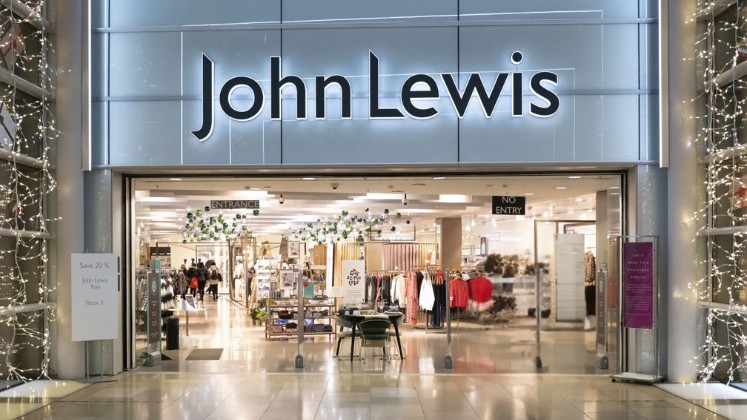
The John Lewis Partnership has reported a resilient first-half performance, with sales and customer satisfaction at record highs, despite posting a pre-tax loss before exceptionals of US $ 44.2 million for the 26 weeks to 26 July 2025.
The group – which owns John Lewis & Partners and Waitrose & Partners – saw sales rise 4% year-on-year to US $ 7.9 billion, while total revenue grew 5% to US $ 6.9 billion. Customer numbers were up 4%, supported by gains in loyalty schemes, with My Waitrose membership increasing 6% and My John Lewis up 13%. Both retail brands outperformed their markets, with overall customer satisfaction reaching its highest level on record.
Cash generation strengthened, with US $ 230.1 million generated from operations, up US $ 39 million on the previous year. Liquidity stood at US $ 1.95 billion, supported by the renewal of a US $ 598.1 million revolving credit facility. The group invested US $ 246.6 million during the half, targeting store refurbishments, technology, digital services and supply chain upgrades, with further uplift planned in the second half.
Jason Tarry, chairman of the John Lewis Partnership, said the business was well placed to deliver profit growth for the full year, despite the first-half loss. He noted that accelerating investment in customers and brands was driving sales growth and helping both Waitrose and John Lewis outperform their respective markets. He also highlighted record customer satisfaction as a reflection of the service provided by staff.
The reported loss was mainly attributed to new costs, including US $ 37.7 million from the Extended Producer Responsibility packaging levy and higher National Insurance contributions. On a like-for-like basis, losses were broadly in line with last year.
John Lewis sales grew 2% to US $ 2.7 billion, outperforming a pressured retail market. The brand was named the UK’s best retailer by both Which? and the UK Customer Satisfaction Index. However, adjusted operating losses widened to US $ 68.9 million, reflecting tax and National Insurance costs as well as ongoing strategic investments.
Robyn Duffy, Consumer Markets Senior Analyst at RSM UK, said the Partnership’s turnaround strategy continued to build momentum, with revenue growth in both retail and food. She added that wider market dynamics also played a role, noting that John Lewis may have benefitted from the recent M&S cyber-attack, which disrupted its competitor’s online operations and store availability, leading many consumers in the same demographic to switch to John Lewis.






